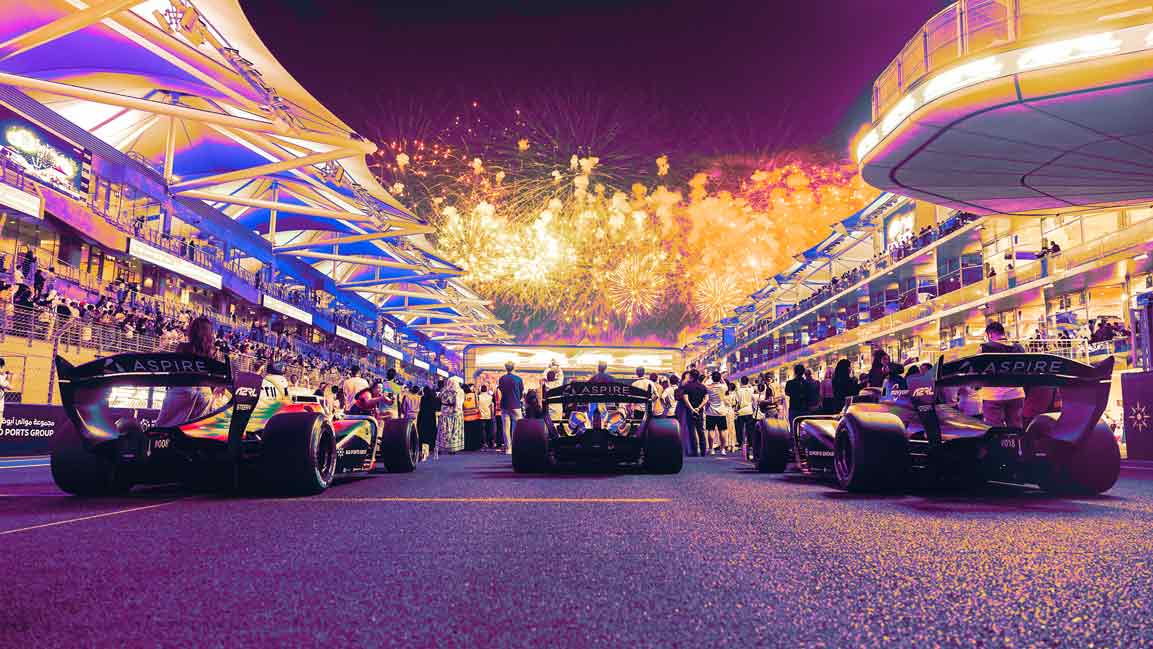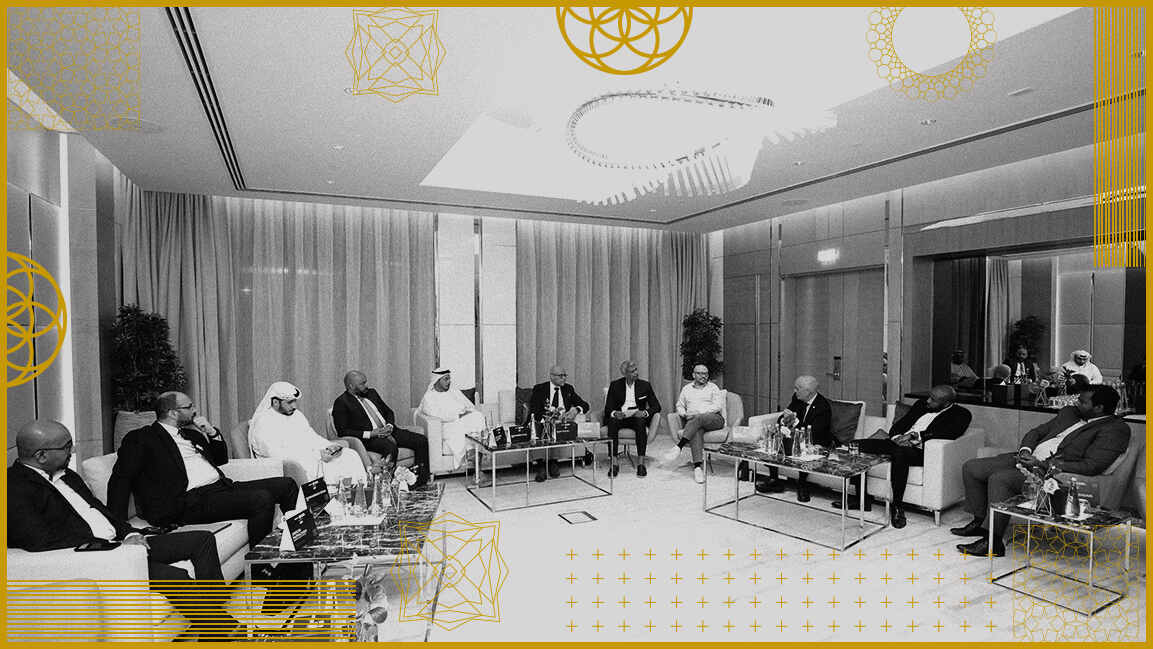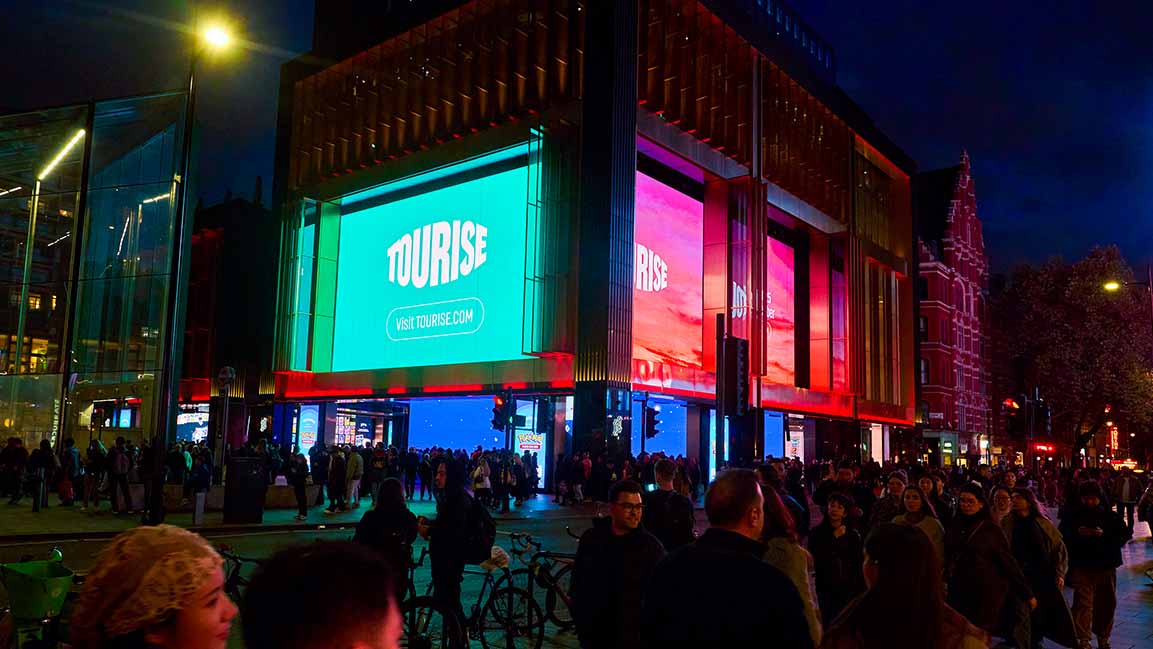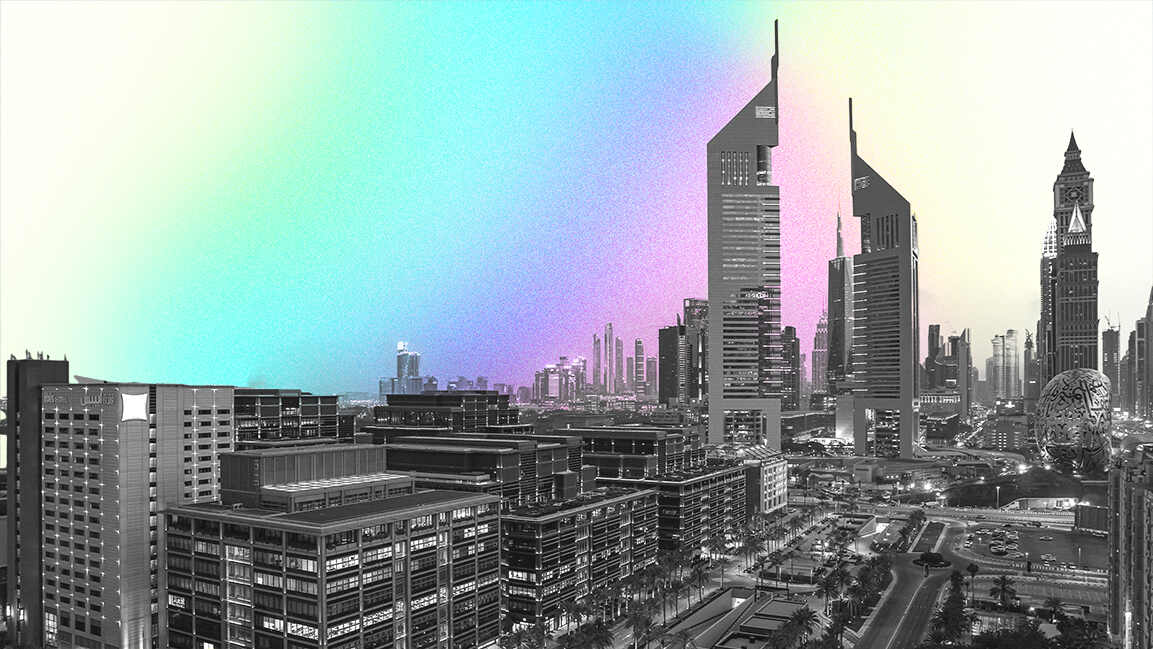Can AI be creative or just clever? Communication experts in the Middle East weigh in
AI can create. But can it create an emotional connection?
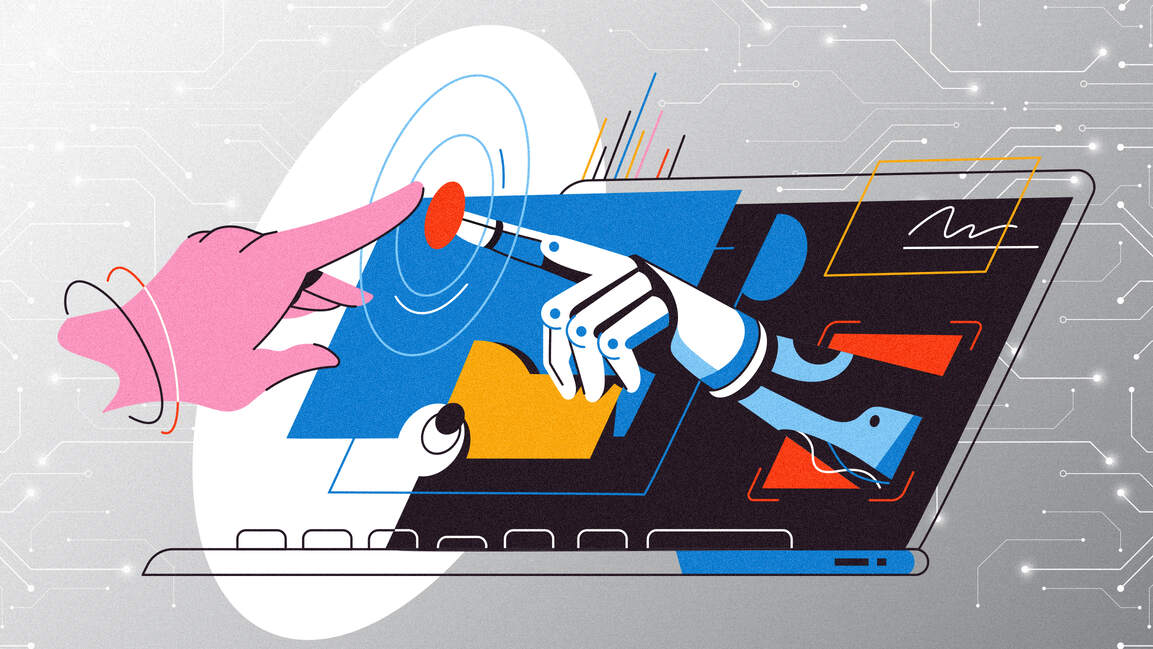
AI’s biggest flex? It’s speed and scale. It can churn out scripts, images, and ad copies in seconds. But does that make it creative? Sure, it can create symphonies and crank out whole articles in seconds. But is that creativity, or simply a highly sophisticated form of pattern recognition? And, more importantly, does it feel personal?
It’s a question becoming less philosophical and more practical, especially in the Middle East, where brands, agencies, and creators are already integrating AI into their content engines.
“In MENA, we’re a content powerhouse,” says Dyala Badran, Chief Content Officer at Publicis Groupe Middle East. “Local creators and publishers are leading globally across platforms, formats, consumption, and innovation.”
MENA brands have long been ahead of the curve, quick to embrace new trends and test emerging platforms. That willingness to experiment reflects a broader appetite for innovation and positions the region to fully harness the power of AI in the years ahead.
“With that mindset, AI is set to play an even bigger role in driving content creation over the next decade,” says Badran. “I am keen to watch the space around recommendation engines within premium content, which will allow new and exciting IPs to be developed and distributed in the region.”
AI will also be instrumental in scaling content localization, tailoring assets to diverse audiences across the Gulf, North Africa, and the Levant. In commerce, where the region has undergone a major transformation, AI is poised to power content and optimize the full user journey.
Globally, brands are leaning into AI with curiosity. And the Middle East is also right there in the mix. They’re testing new formats, moving faster, and creating content that resonates on a local level. According to McKinsey, 42% of companies are already weaving generative AI into their marketing and sales strategies. The impact? Potentially massive generative AI could add up to $4.4 trillion annually to the global economy, reshaping everything from content creation to customer experience.
BEING MORE CREATIVE
At its best, AI is a powerful tool for acceleration, not a substitute for originality.
It can analyze trends in real-time, generate thousands of variations of an idea, and even predict what kind of content will resonate with specific audiences. It can take on the heavy lifting—storyboarding, script suggestions, concept testing—freeing up time for creatives to focus on what matters: the deeper, more human aspects of storytelling.
But creativity isn’t just about speed or efficiency.
“The magic of advertising has never been about how fast we can work,” says Sebastian Boutebel, Chief Creative Officer at Saatchi & Saatchi Middle East. “It’s about resonance: crafting ideas that live in a culture, that make people feel something.”
That’s the gap AI can’t fill. For all its capabilities, it doesn’t feel. It lacks gut instinct. It can’t read the room or region like a human can. It doesn’t understand the layers of tension, humor, or cultural nuance that make an idea stick.
Still, AI is reshaping how ideas come to life.
Take The Climate of Realizm by Leo Burnett Germany. Younis points to this project, where AI is trained on the styles of master painters and used to project how their landscapes would transform if climate change goes unchecked.
He says, “The result was a powerful visual narrative that traditional methods couldn’t achieve at this scale or precision. That’s where AI is most valuable, expanding creative execution, unlocking new formats, and making complex ideas more tangible. It’s not about thinking differently. It’s about making what we think possible in ways we never could.”
The agencies that thrive will not be those that let AI create for them but those that learn to create with it.
“They’ll be the ones that use AI to create with them enhancing, not replacing, the human spark. And that’s where the future of creativity really begins,” Boutebel.
Fizo Younis, Chief Creative Officer at Publicis Communications KSA & Egypt, sees it as a force multiplier. “It doesn’t replace creativity. It removes the friction that slows it down.”
AI enhances creativity in three key ways: efficiency, accuracy, and excellence. Efficiency means cutting time spent on repetitive tasks such as sorting research, generating versions, and rewriting the same tagline. Accuracy reduces wasted effort, whether refining messaging or ensuring brand consistency across borders.
But real creative excellence, Younis explains, happens when AI expands the playground, surfacing hidden insights, connecting unexpected dots, and pushing ideas beyond traditional thinking.
BEING MORE EMOTIONALLY INTELLIGENT
AI is transforming advertising. But in a region as emotionally rich as the Middle East, Boutebel raises a key question: Are we mistaking efficiency for authenticity?
AI can analyze sentiment, predict engagement, and tailor content, but does it truly understand cultural depth?
Middle Eastern consumers aren’t just data points, he highlights. They value tradition, family, and deeply rooted emotional bonds. The connection here is not just about relevance. It’s about trust. And trust isn’t automated. “AI can optimize storytelling, but it can’t feel the weight of a mother’s sacrifice, the pride of heritage, or the soul of a tradition.”
While AI may enhance creativity, it cannot replace human instinct because real connection isn’t just about knowing what works. It’s about feeling why it matters.
AI does bring capabilities, but creativity is still human, notes Younis. “Intelligence shouldn’t be mistaken for consciousness.”
People have wants, needs, and emotions that can only be answered through genuine, relevant ideas. He believes, “AI doesn’t create that, it enhances it.”
What AI does offer is a powerful set of tools to bring ideas to life with greater speed, scale, and precision. Humans define the ‘why’ and the ‘what.’ AI helps with the ‘how.’
A QUESTION OF OWNERSHIP AND TRUST
But as AI improves at mimicking creativity, it raises tough questions: Who owns the content? How do we ensure it’s accurate? And how transparent should brands be about using AI?
Younis emphasizes that brands need to be honest about when and how they use AI, not just as a footnote but as a way to build trust.
He adds, “Transparency isn’t just about saying AI was used. It’s about showing how it adds value.”
Whether it’s enhancing creativity, improving accessibility, or creating new experiences, the key is using AI to strengthen, not weaken, a brand’s credibility.
And it turns out that people care. According to Deloitte, 84% of consumers familiar with generative AI believe AI-generated content should be clearly labeled. Another survey found that over half of users say they’d be less engaged if they suspected content was AI-generated, and a quarter say they find it impersonal when brands use AI to write their website copy. For a technology designed to optimize personalization, that’s a sharp irony.
Boutebel takes it a step further. For him, the line between real and artificial is vanishing. Brands speak of “human connection” while relying on algorithms to simulate emotion. But if an AI writes a heartfelt ad, is it truly heartfelt? If a campaign moves people but is never impacted by humans, does it still belong in the culture?
And then there’s the deeper issue: transparency or the lack of it. Do consumers even know when AI is speaking to them? Should they? What happens when we become so good at mimicking emotion that people can’t tell what’s authentic and what’s manufactured?
Ultimately, brands have a choice, highlights Boutebel. Will they trade trust for efficiency? Or will they draw clear lines, using AI not to replace human creativity but to push it further? Because if we’re not careful, we won’t just lose authenticity. We’ll lose the very soul of storytelling.
CONTENT SHAPING THE MIDDLE EAST
Across the Middle East, content teams are already seeing the upside. AI tools offer hyper-personalization at scale, enabling smarter audience segmentation, localized messaging, and better campaign performance.
“AI gives us the ammunition to support our clients with strategies that need less revisiting and deliver stronger ROI for our advertisers,” says Badran.
The region’s commitment to AI is evident. A recent McKinsey report highlights that AI adoption in the Middle East and North Africa has risen to 57%, up from 45% in 2020. Also, Deloitte’s ‘State of AI in the Middle East’ report reveals that over 80% of organizations feel intense pressure to adopt AI, although nearly half face challenges due to a shortage of talent and technological capabilities.
In the commerce sector, AI’s impact is particularly pronounced. Advertisers benefit from stronger creative optimization of brand-driven assets combined with precise distribution. This allows consumers to experience a personalized, full-funnel journey from awareness to conversion. It’s a win-win-win across the ecosystem of brands, agencies, and content creators.
As AI transforms content distribution, its role in how brands reach and engage consumers becomes even more significant. Brands and agencies will be able to skip the long testing phases of figuring out what works on each platform. Instead, they can quickly identify which parts of a campaign are performing and when.
With platform-driven AI tools like TikTok Symphony and Google Vids, content can be created to be pre-optimized for platforms. Badran adds, “This means content pieces will land to the right people, in the right formats, cutting out a longer trial and error period.”
These tools create major efficiencies for advertisers aiming to produce thousands of iterations and test performance across multiple KPIs. Agencies working alongside brands should embrace AI to streamline content creation and maximize real-time creative performance across ad assets.
REPLACING HUMAN CREATIVITY
Let’s face it: AI is rewriting the rules. It’s generating music, writing scripts, designing visuals, and even producing poetry that some claim rivals human work. It’s efficient, tireless, and never hits a creative wall.
But does that mean AI is truly creative?
Not quite, says Boutebel. Creativity isn’t just about assembling words beautifully or remixing styles into something fresh. Real creativity is born from emotion, risk, and the deep human desire to express something meaningful. AI doesn’t feel joy or pain. It doesn’t take leaps of faith. It processes data and generates content based on patterns.
Still, it’s worth asking: don’t humans also rely on patterns, references, and external inputs? Isn’t part of human creativity just an elevated form of remixing? In many ways, AI mirrors that process, just at scale. But the difference lies in intent. Humans create with purpose, with a message in mind. AI simulates that process. It doesn’t experience it.
Which raises the bigger question: If the result moves you, does it matter who or what made it?
If a painting moves you, if a song gives you chills, does the origin change its value? “Or are we just clinging to the belief that creativity is exclusively human because it threatens our sense of uniqueness?”, Boutebel adds.
Some say AI is just a tool, a powerful one. Others see it as a new intelligence that could eventually rival ours. So, where does that leave creative industries?
Are we witnessing the dawn of a world where AI doesn’t just assist creativity but competes with it? Or is human creativity irreplaceable not because we say so but because without a soul, there is no art, only output?
The debate is open.
“The better we prompt AI tools with context such as background stories, insights, and creative strategies, the better the tools can replicate content that taps into all those efficiently,” says Badran.
But without that initial human spark, an intuitive, empathetic understanding of the world, AI content will always feel a little formulaic.
No tool comes close to replicating the human touch, especially when it comes to localization, humor, and emotional nuance. In content creation and creative direction, instinct still matters. That’s where agency talent continues to lead with gut, context, and culture.












